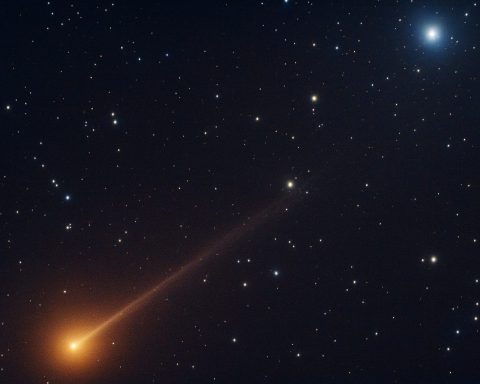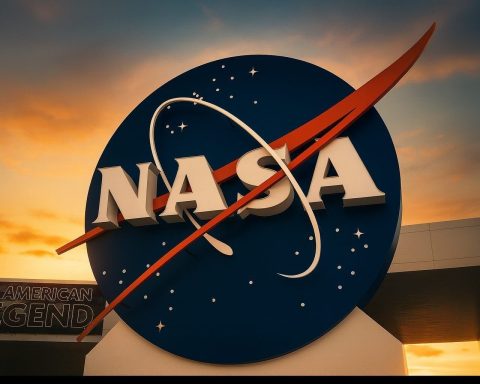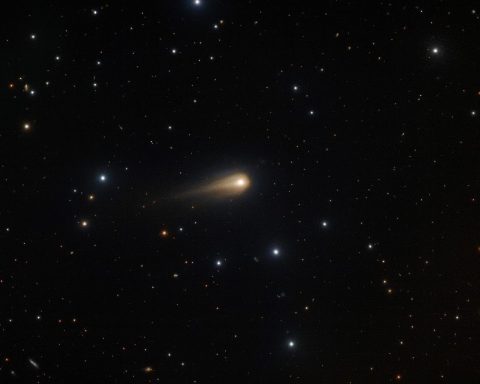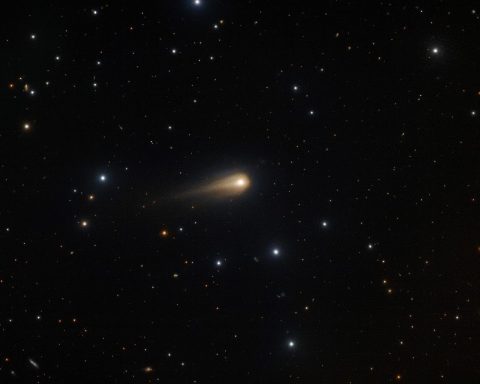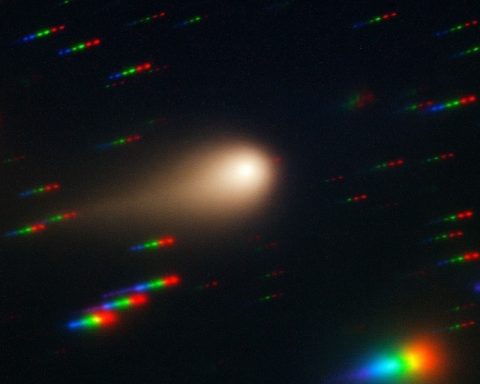
Interstellar Comet 3I/ATLAS Lights Up the Solar System: New Hubble and Juice Images Reveal Jets, Dual Tails and a Puzzling ‘Heartbeat’
As of December 7, 2025, interstellar comet 3I/ATLAS has become the most closely watched object in the sky. In just a few days, NASA, ESA and independent astronomers have released a flood of new images and analyses: Hubble’s fresh November
